3D printing refers to various processes used to manufacture three dimensional objects in successive layers of material formed under computer control.
NASA-awarded ‘marsha’, a 3D-printed vertical Martian habitat by AI spacefactory.
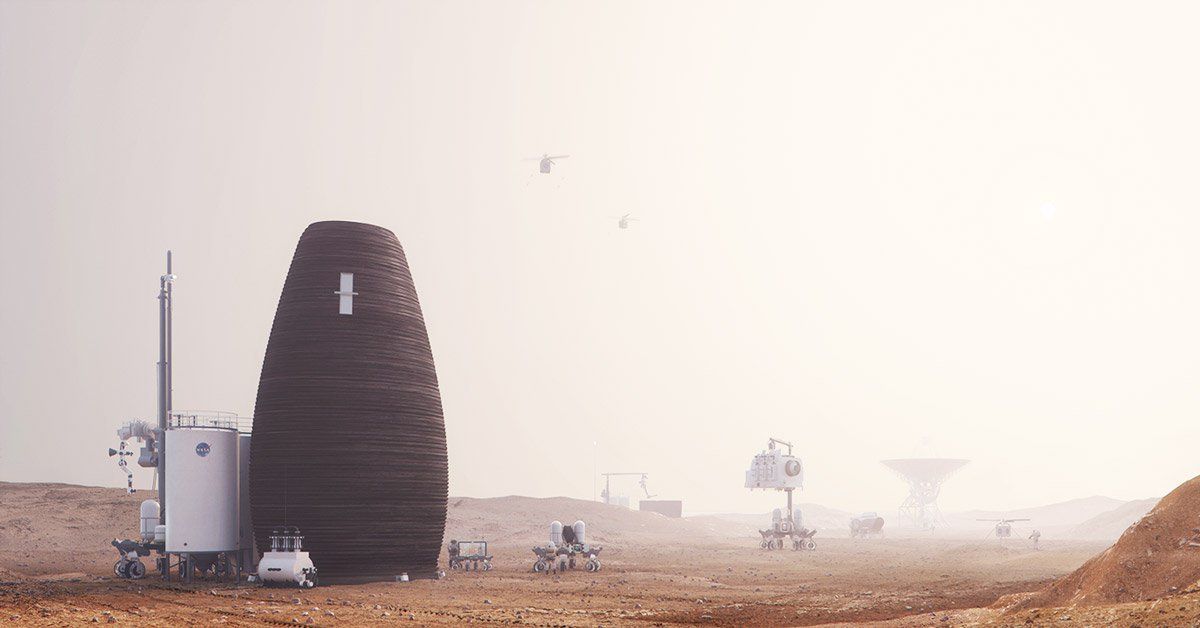
3D printing refers to various processes used to manufacture three dimensional objects in successive layers of material formed under computer control.
NASA-awarded ‘marsha’, a 3D-printed vertical Martian habitat by AI spacefactory.

Honeybee Robotics has been working on a Planetary Deep drill. It has been tested to a depth of about 100 feet (30 meters). The plan has to been to have the lightweight system reach kilometers of depth. This would be able to reach the liquid Lake on Mars.
The Planetary Deep Drill is a wire-line drill designed to reach miles below extraterrestrial surfaces. The lightweight drill meets the payload and excavation requirements required to reach far below the icy surface formations of Mars, Enceladus or Europa.
The drill is four meters tall (13 feet) and has a a diameter of 6.4 centimeters (2.5 inches). The Planetary Deep Drill also features motors, electronics and sensors to operate its tungsten carbide tip pounds into ice and rock at over 250 revolutions per minute.

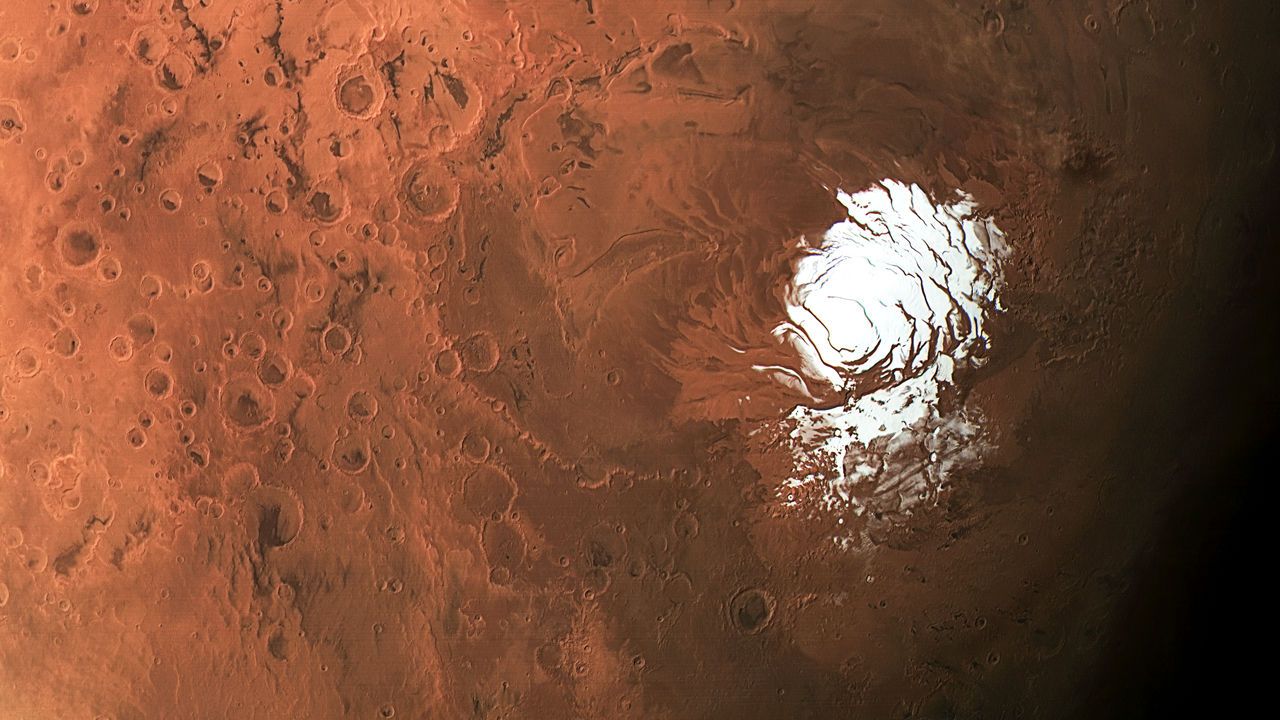
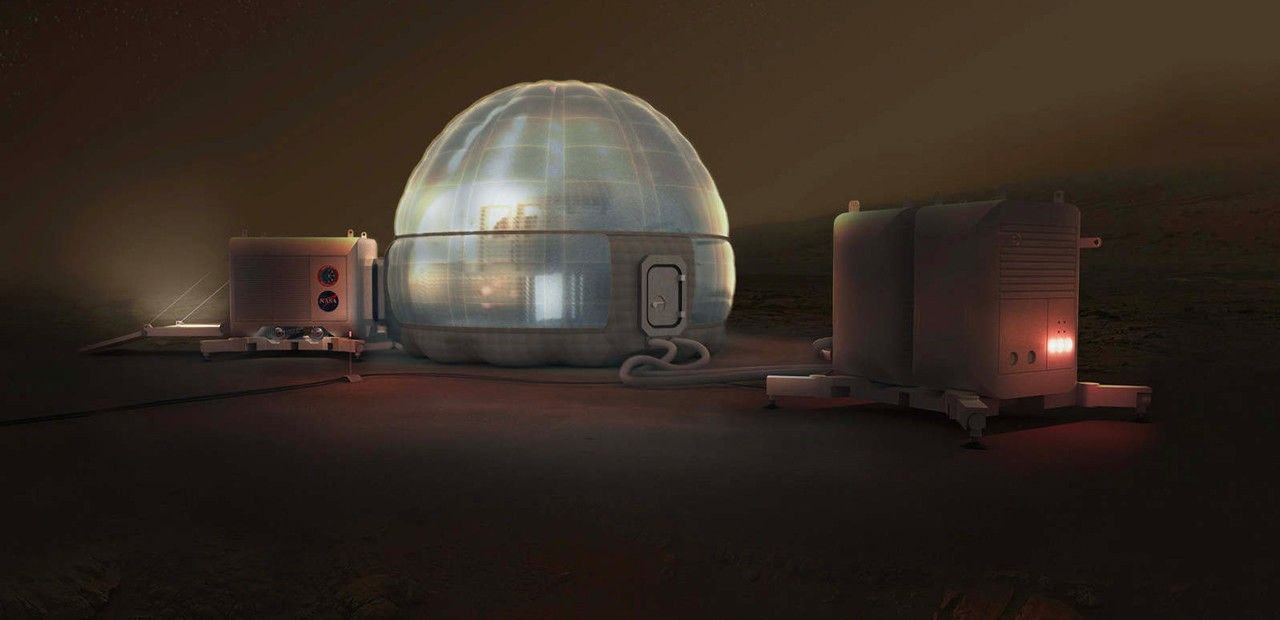
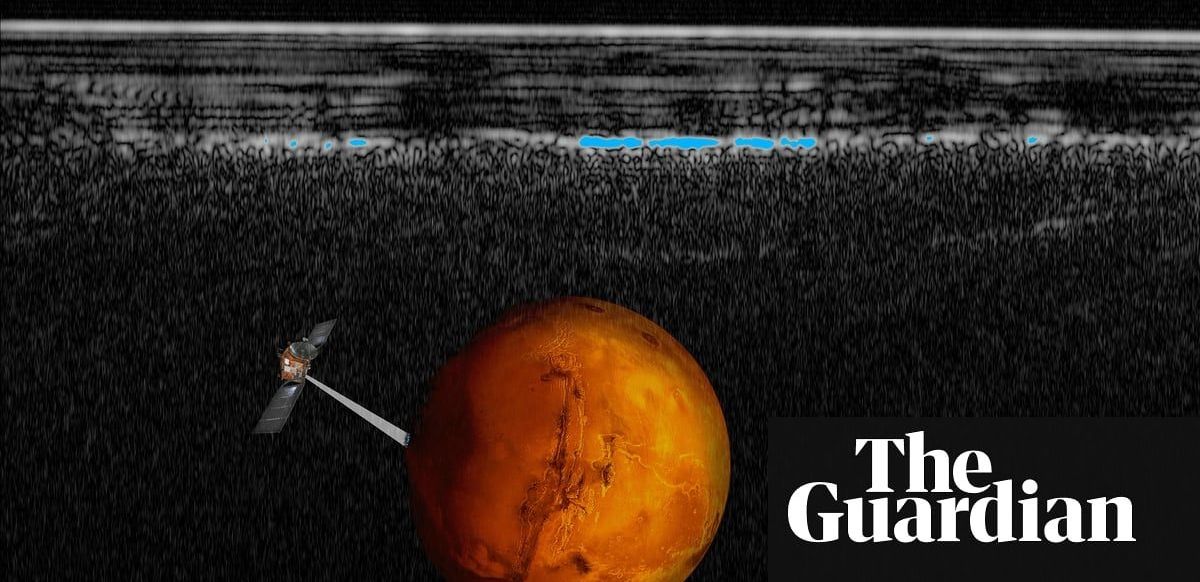
Scientists have spotted a 12 mile-wide stretch of water underneath a slab of ice at the Martian south pole.
Ian Sample Science editor.
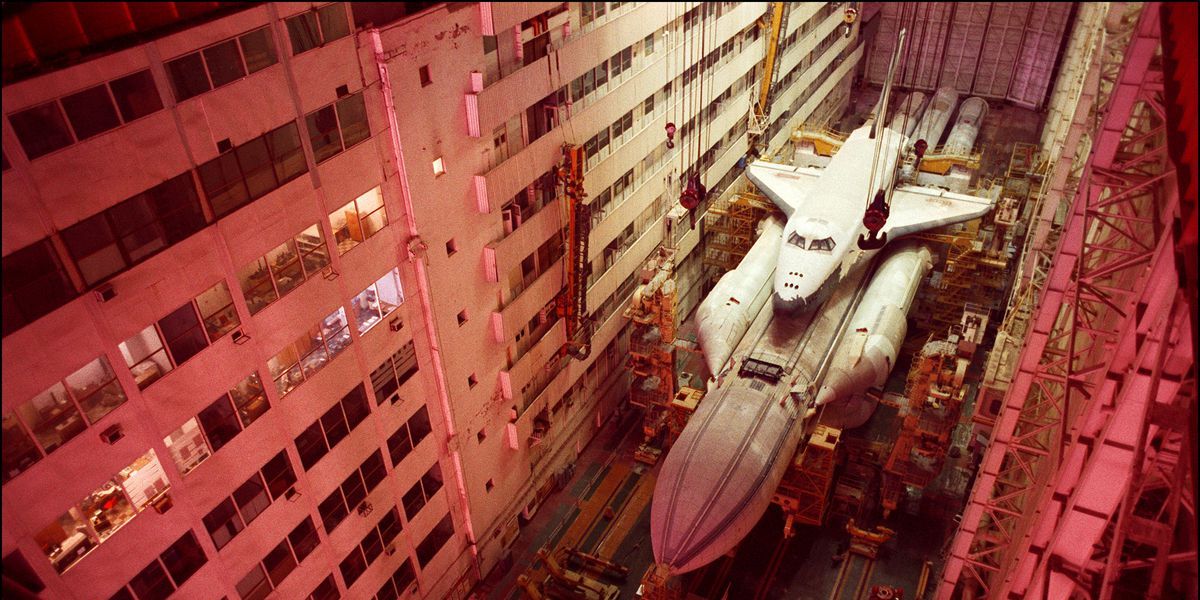

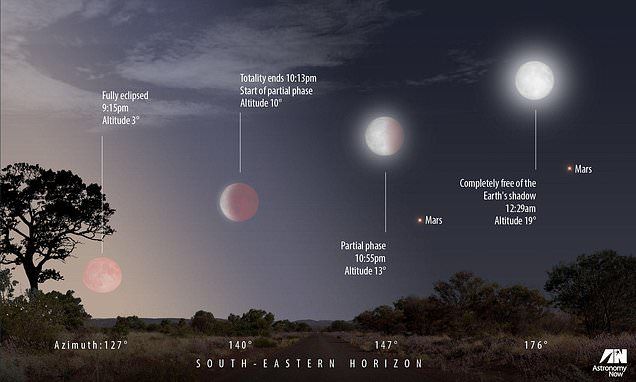
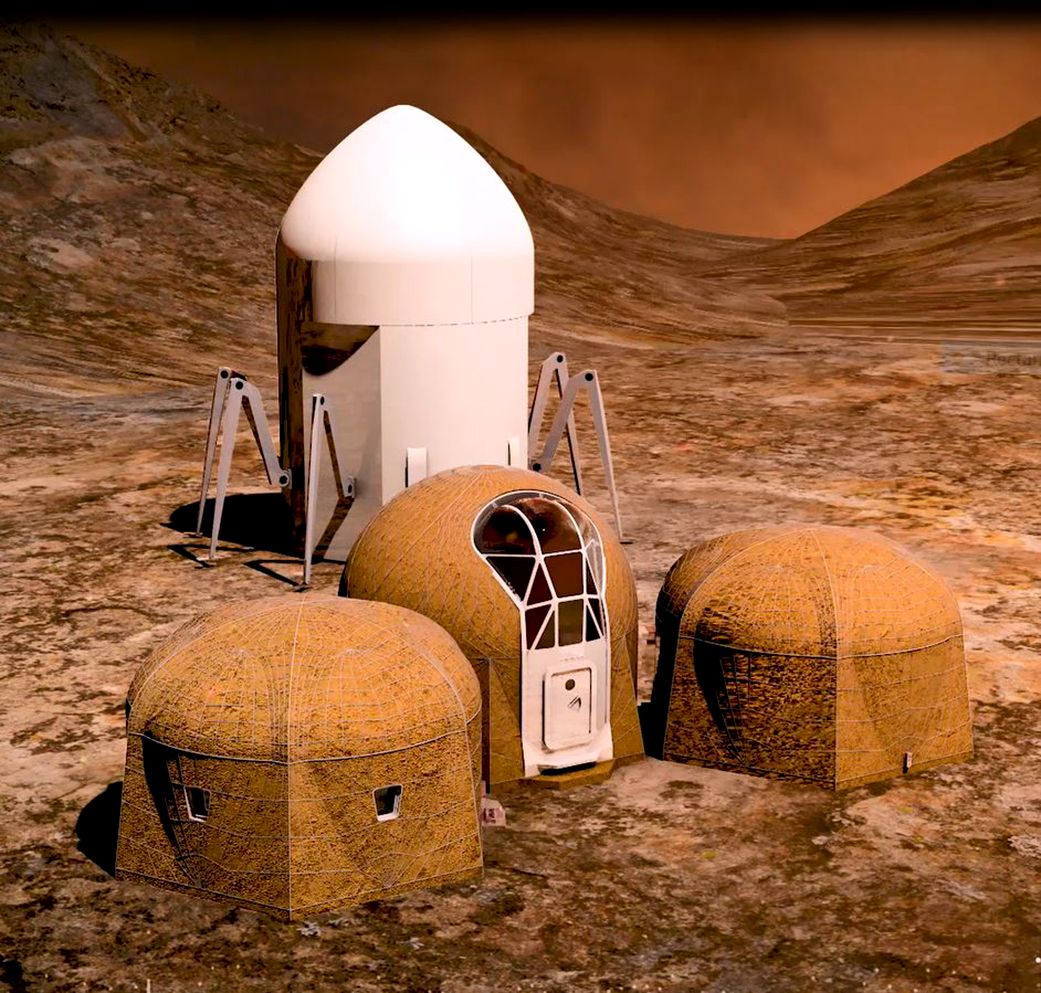
NASA and partner Bradley University of Peoria, Illinois, have selected the top five teams to share a $100,000 prize in the latest stage of the agency’s 3D-Printed Habitat Centennial Challenge competition. Winning teams successfully created digital representations of the physical and functional characteristics of a house on Mars using specialized software tools. The teams earned prize money based on scores assigned by a panel of subject matter experts from NASA, academia and industry. The judges interviewed and evaluated submissions from 18 teams from all over the world and selected these teams: